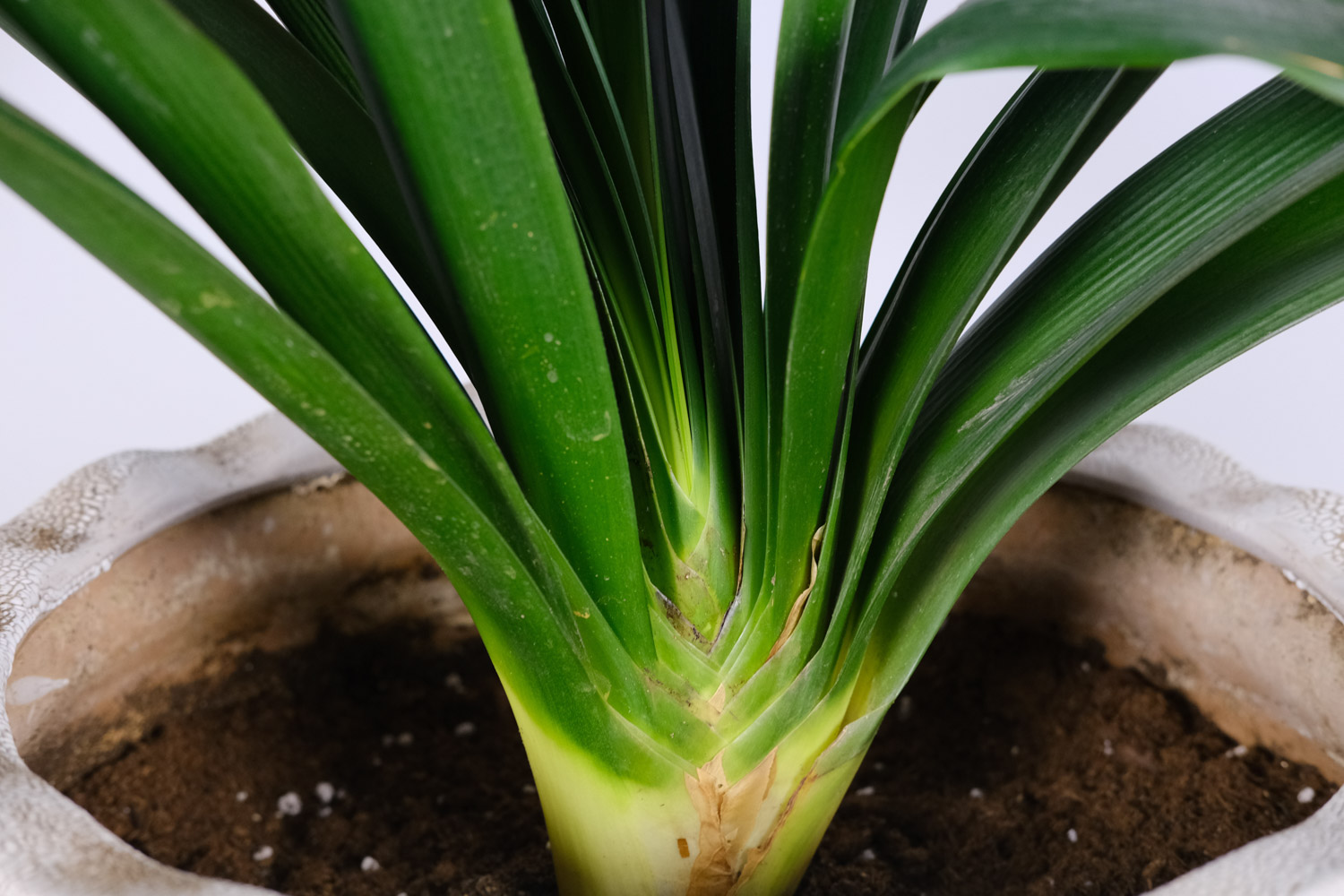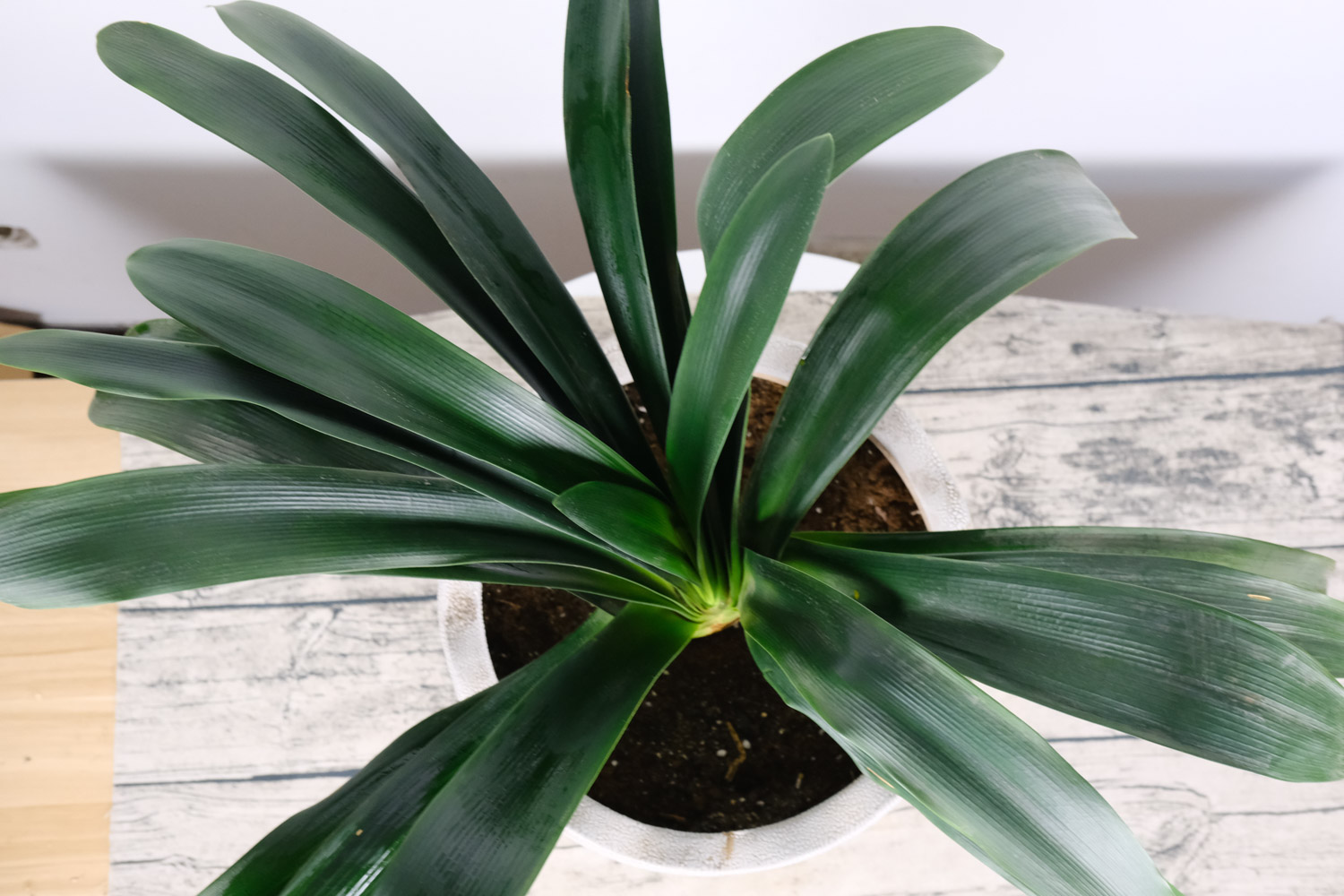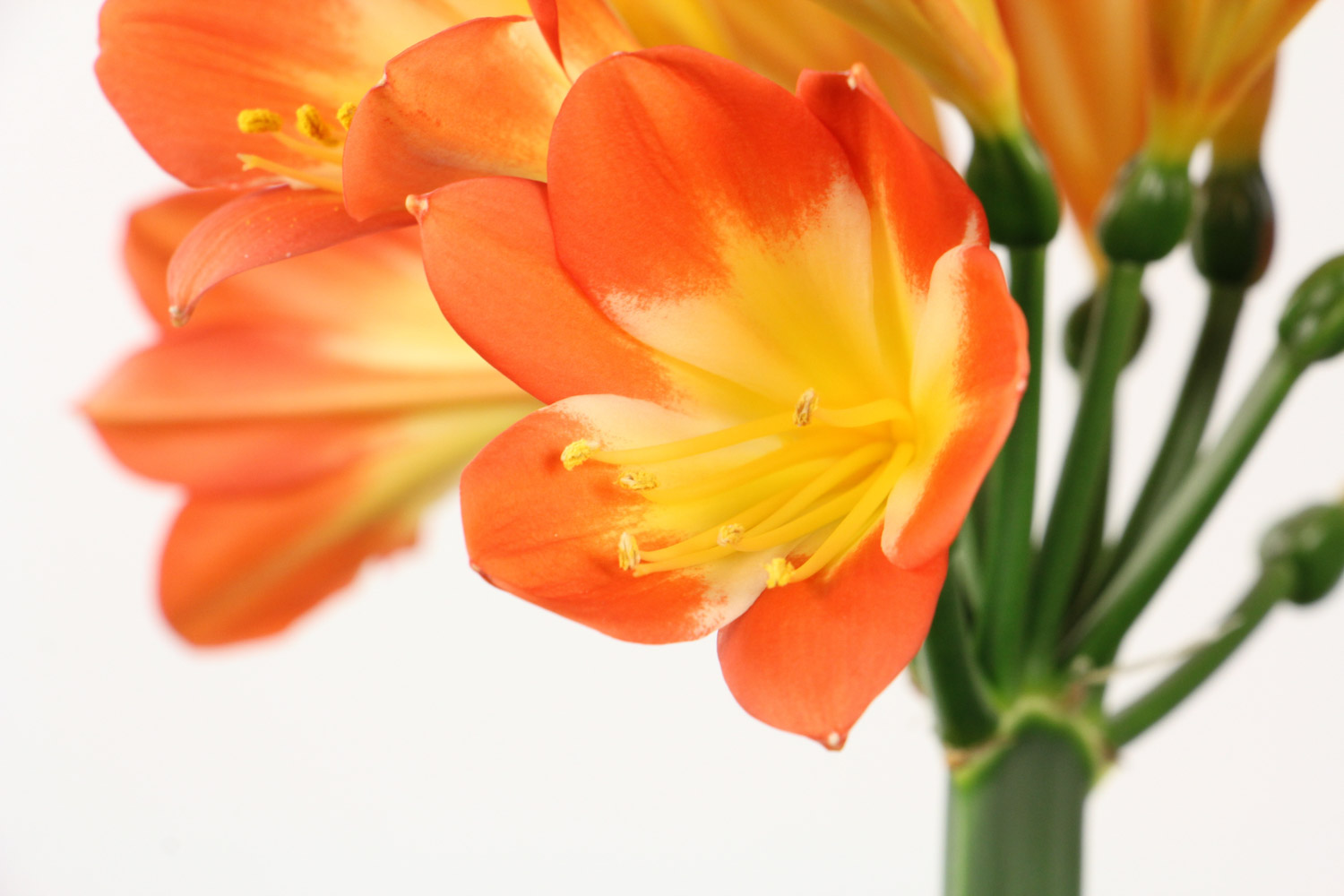Clivia is raised like this and bears 10 fruits a year
1. Put the Clivia here. The leaves are shiny and do not turn yellow
Clivia prefers light. It's best to put it on a balcony with sufficient light or outdoor maintenance. However, when the light is strong in summer, it should be shaded to some extent
2. Clivia watered like this will not rot for 10 years
When the soil layer on the basin surface is dry to 1cm, water it once until clear water flows out of the basin bottom. This method can not only make the roots fully absorb water and oxygen, but also wash away excess fertilizer
3. Raise Clivia with this soil. The longer the root, the more prosperous it will be
The most important thing for the conservation of Clivia is to prepare soil. Rotten leaf soil, coniferous soil, sand and charcoal can be prepared in the proportion of 10:3:3:2. Such soil is permeable and breathable, and easy to take root
4. Applying nitrogen, phosphorus and potassium in this way, Clivia never burns its roots
When changing or putting on the basin for Clivia, put some bone powder at the bottom of the basin as phosphate fertilizer, and mix the soil according to the method given above the flowers. Charcoal can be used as potassium fertilizer, so as long as you apply thin cake fertilizer water every half a month

Clivia is raised like this. It hasn't yellow leaves for 10 years
Clivia flowers are beautiful and leaves are more beautiful, but many friends make complaints about their own. p>
1. Normal yellow leaf
In the normal growth process of Clivia, yellow leaves will be produced due to metabolism. Such yellow leaves are generally the old leaves at the bottom, which slowly turn yellow and soft from the root
If you worry too much, you can solve it
2. Yellow leaves with too much water
The old leaf tip of Clivia is dry and the new leaf appears tender yellow, which is basically caused by too much water retention of plant materials, too much watering or too high environmental humidity
Solution: reduce the watering times, check whether the drainage hole is blocked, and replace the planting material when it is serious
3. Water shortage leads to yellow leaves
If it is found that the old leaves are withered, yellow and fall off, but there is no problem with the new leaves, and the recent watering amount is too small, it is generally caused by water shortage
Solution: it is necessary to appropriately increase the amount or times of watering
4. Excessive fertilization turns yellow
The new leaf tip appears brown, the old leaf tip is dry and burnt yellow, and the leaf is plump, but the leaf surface is not smooth and uneven
Solution: stop fertilization. If the situation is serious, brew the basin soil with large water to reduce the content of fertilizer in the soil

A handful of small fruits grow 10 pots of Clivia
1. After the flower of Junzi orchid withers, it will bear many seed pods. When the seed pod turns dark red, touch it with your hand and feel that the seed pod skin becomes soft, it indicates that the seed of Junzi orchid is mature
2. Cut off the mature seed pods, peel out the seeds, and put them in an astigmatic and ventilated place to dry for about half a month
3. Prepare a Petri dish, add a small amount of water at the bottom, and put the soaked seeds into the Petri dish to promote germination for about 3-5 days. Flower friends without Petri dishes can wrap the seeds in wet yarn and put them in a warm place
4. Prepare some fresh sawdust for seedling raising. First boil the sawdust with boiling water for about 15 minutes and disinfect it
5. Lay the sawdust in the seedling box, spray the sawdust with water first, and put the seed buds that have successfully sprouted face down in the sawdust
6. Put the seedling box in a place with good astigmatism and ventilation, and spray water every morning and evening. In about 20 days, the leaf sheath will grow
7. After the leaf sheath grows to 2-3cm, it can be removed from the seedling box and planted in the flower pot for maintenance
8. The flowerpot shall be placed at the astigmatism for maintenance. The water shall be controlled in the first two days, and then the pot soil shall be slightly wet. Soon, the seeds will grow small leaves
9. After the leaves grow large enough, they can be divided into pots for normal maintenance


 how many times do yo...
how many times do yo... how many planted tre...
how many planted tre... how many pine trees ...
how many pine trees ... how many pecan trees...
how many pecan trees... how many plants comp...
how many plants comp... how many plants can ...
how many plants can ... how many plants and ...
how many plants and ... how many pepper plan...
how many pepper plan...



























